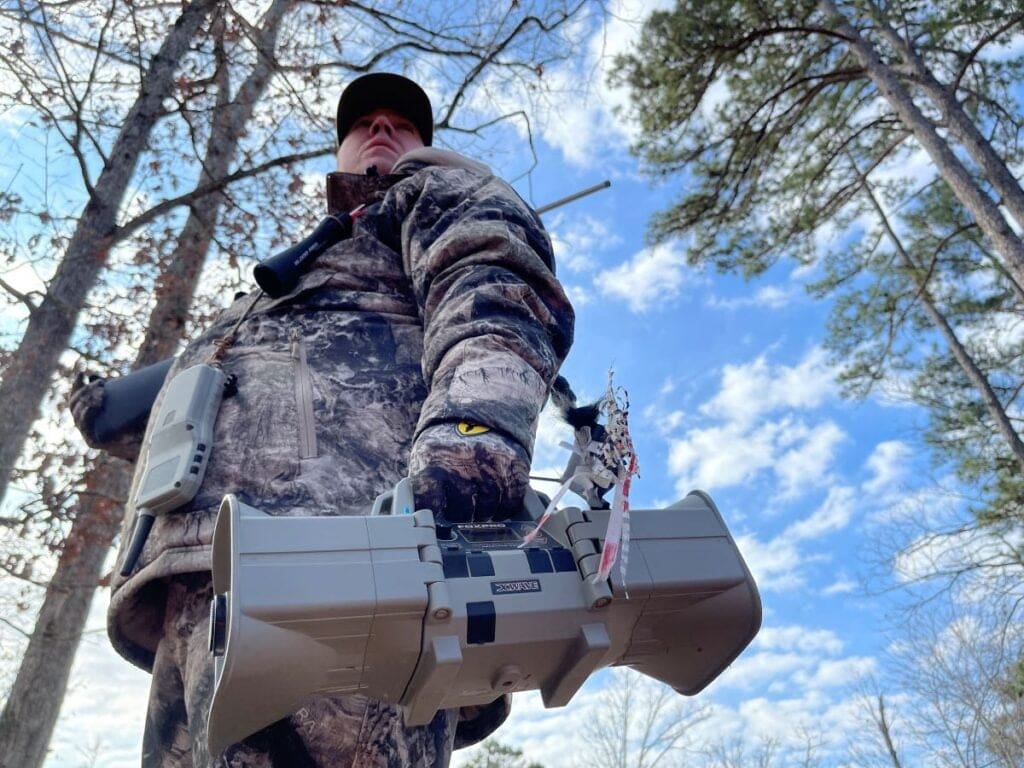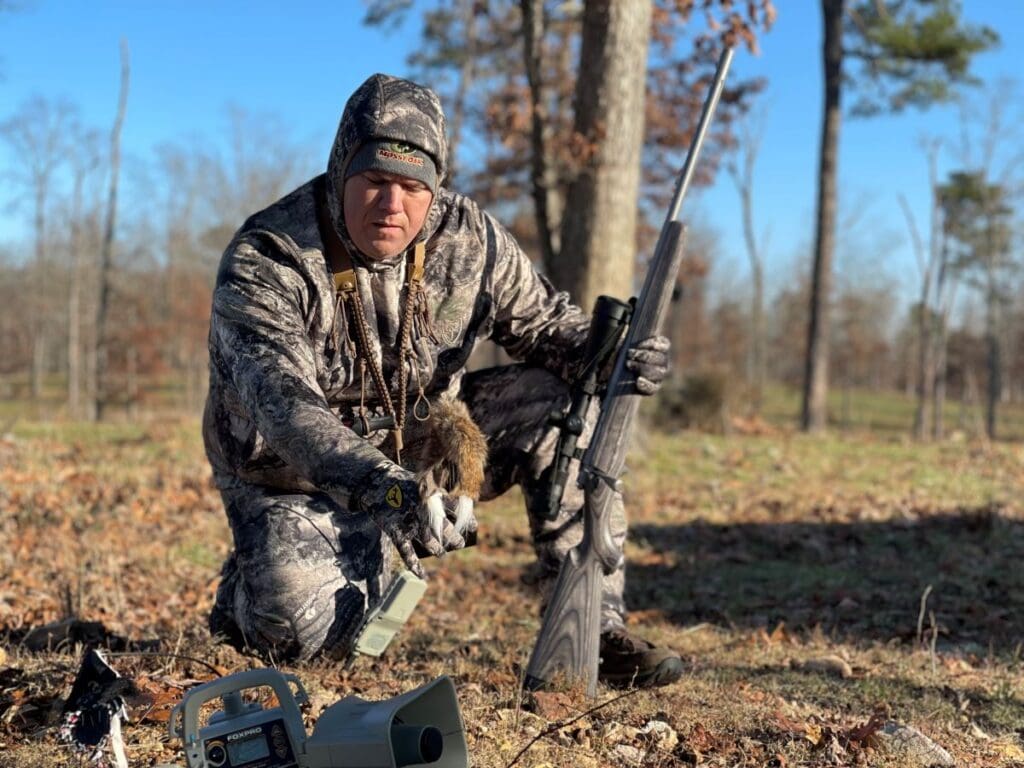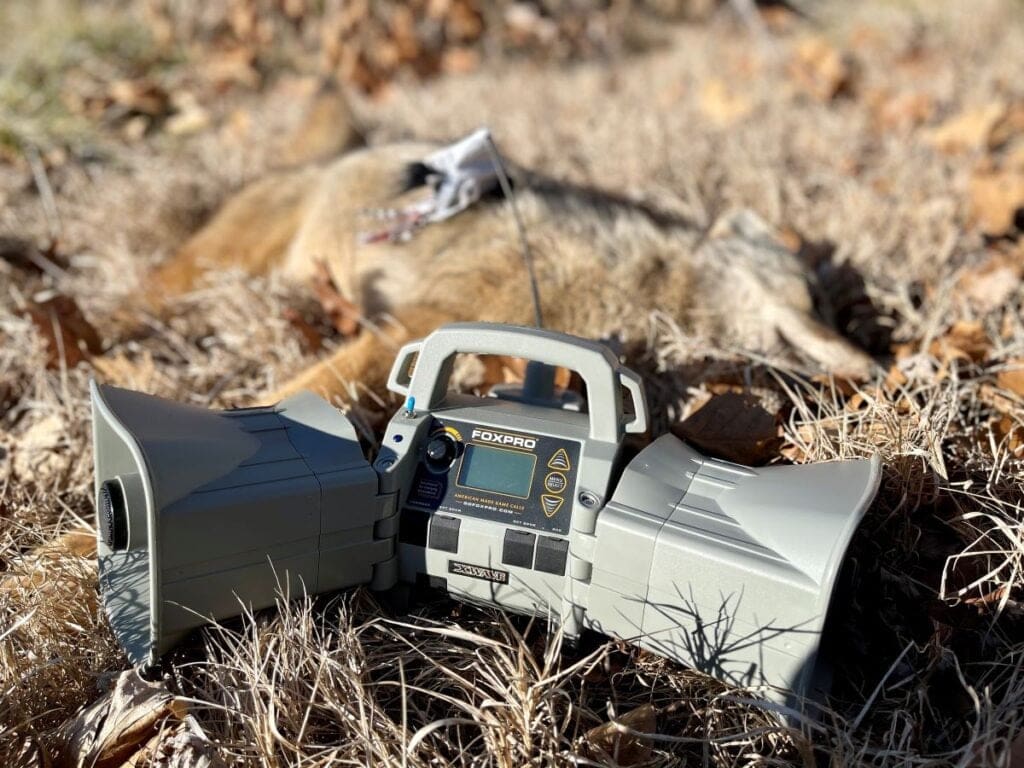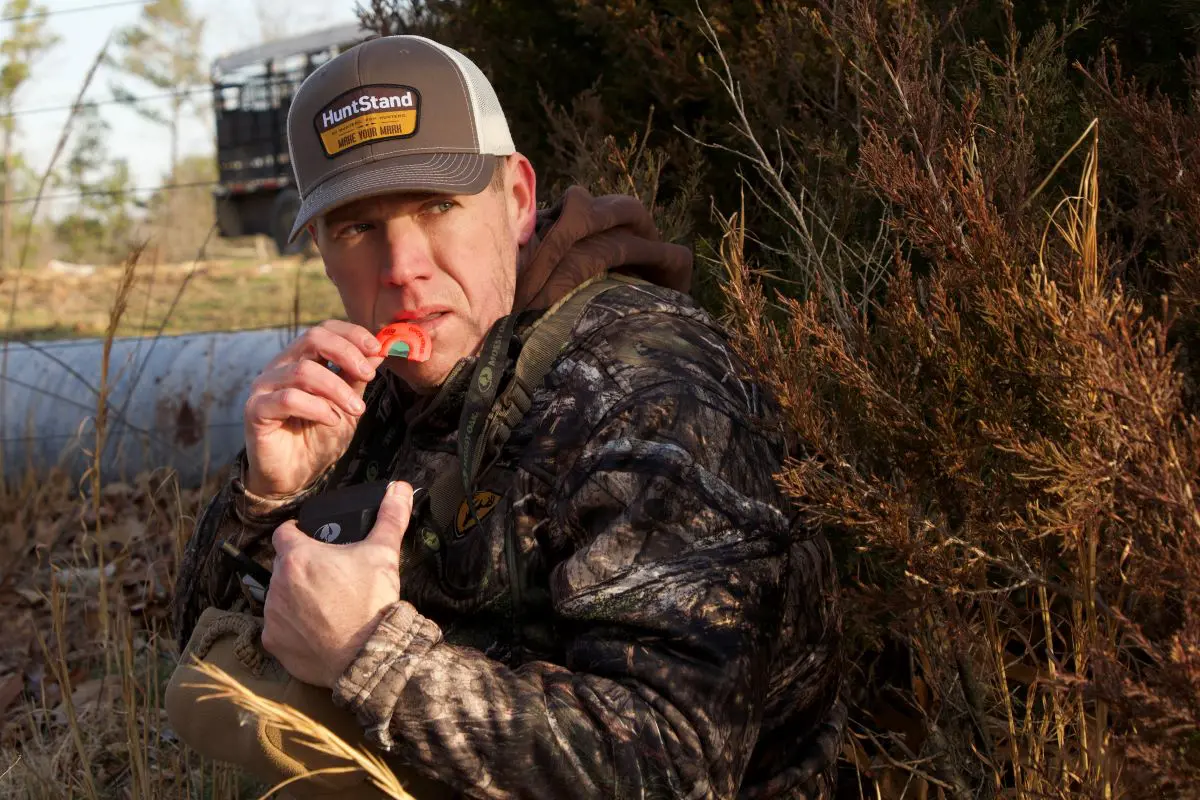Winter coyote hunting offers a unique challenge and reward for hunters willing to brave the cold. With snow-covered landscapes and crisp air, conditions often leave coyotes cold and hungry. When I am cold, I want to eat as much as possible to help warm my body back to normal. The same goes for a coyote; when they must brave the harsh conditions twenty-four seven, it is no surprise they are constantly searching for an easy meal. The need for extra food is why many winter coyote hunters swear by food source sounds, commonly referred to as distress sounds, as their go-to calls when trying to bring coyotes into close range. Experienced predator callers understand that while distress sounds are effective, exploring the sound library on your favorite electronic call can provide an edge over challenging coyotes and competitors hunting the same areas.
Winter months are prime time for coyote hunting, especially as food sources become scarce and the breeding season begins to stir their instincts. Understanding how to select and use the right electronic call sounds is essential for success. Below, we highlight the top five electronic call sound selections to help you lure coyotes during cold weather and the breeding season.

Top 5 Sound Selections
- Rabbit Distress Calls
A classic choice, rabbit distress calls mimic the sound of an injured rabbit, triggering a coyote’s predatory instincts. In winter, when prey is scarce, this sound is incredibly effective. But, it is also the most used call by predator hunters. To change it up and improve your odds, opt for variations like jackrabbit distress or a cottontail distress with some flair. For example, I have used a FoxPro electronic call for a few years. One of their new sounds, titled Mrs. McCottontail, is a sound that features the common raspy squealing of a rabbit, with a few realistic inflections that trigger coyotes into thinking that the sounds are real and that they need to respond quickly. Search your library and find those more unique sounds, then put them to the test for yourself. - Pup Distress Calls
Coyotes are highly territorial and protective of their pack members. A pup distress call plays on these instincts, drawing coyotes in to investigate what they perceive as a vulnerable or threatened member of their species. This sound works particularly well during the late breeding season when coyotes are establishing territories. One of my favorite call scenarios is using a rabbit or other distress sound for ten to twelve minutes. If there is no response, I switch to a pup in distress sound. On many occasions, this will prompt a coyote to appear. It is almost as if they have been sitting patiently, waiting with uncertainty as to if the sound they are hearing is authentic. When the sounds switch to a pup, they get the confirmation and continue coming the rest of the way. - Howls
Howling communicates a wide range of messages to coyotes, from marking territory to locating pack members. Use lone howls or interrogation howls to simulate a coyote searching for a mate or new territory. Although I use a howl throughout the year, I add howling during the winter breeding season. The first sound that I make on every stand begins with a howl. The most used howl is a subtle howl of a female or male. After howling, allow three to four minutes of silence, then continue with a distress sound. If] twenty minutes go by with no response, follow up with a challenge howl to provoke a response from territorial coyotes during the breeding season. Adding coyote vocals with your distress sounds provides realism and a territorial effect that entices coyotes to respond. - Rodent Distress Calls
Rodent distress calls provide a subtle but effective alternative to the louder rabbit distress sounds. They work well in areas with heavy hunting pressure, where coyotes may be wary of commonly used calls. These high-pitched squeaks mimic an easy meal and often attract coyotes that are already nearby. Mole, mice, or other small prey sounds are commonly higher pitched and can be sufficiently different from traditional rabbit sounds, making coyotes respond faster. - Coyote Pairing Howls
As the breeding season ramps up in late winter, pairing howls become one of the most effective sounds. These simulate a bonded pair of coyotes, which can either attract a lone coyote seeking a mate or provoke a response from a territorial alpha. Pairing howls combined with a few short barks can add authenticity to the setup. Another technique is to use two electronic calls, or an electronic call combined with a diaphragm call, to create two different howls that sound like a female coyote howling and a male answering. If another coyote is close by, especially a male, they think another yote is pairing up with a female in his area. Again, territorial instincts cause a faster response.

Tips for Winter Coyote Calling Success
- Location Matters: Set up near known travel corridors, such as creek beds, ridgelines, or fields adjacent to thick cover where coyotes feel secure.
- Use the Wind: Always position yourself downwind or with a crosswind of where you expect coyotes to approach. They will circle to catch the scent of the “prey” before committing.
- Stay Patient: Coyotes can take longer to approach in the winter, as the open landscape makes them more cautious. Give each setup at least 30 minutes before moving. Check out our Shield Predator OPSline, a predator hunter-designed clothing line that will keep you in the field longer while being more comfortable.

These top five electronic call sound selections and refining your approach will increase your chances of bringing winter coyotes into range. These elusive predators provide an exciting hunt and an essential role in maintaining balance in local ecosystems. So, grab your gear, bundle up, and hit the field for a productive winter hunt!


